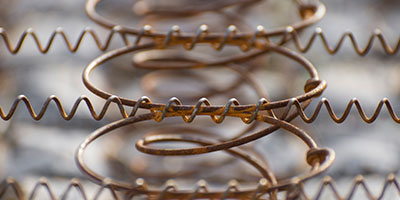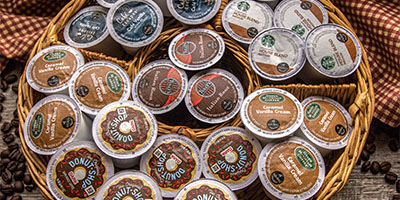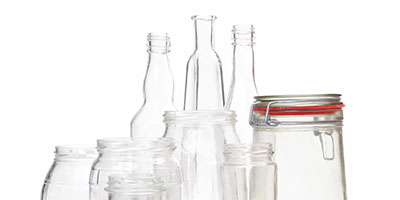Upcycling vs. Recycling: Which Is Better?

What Is Recycling and How Does It Differ From Upcycling?
Millions of Americans participate in the weekly ritual of placing their recyclables out on the curb for collection. But what is recycling exactly? And is it the best way to reuse old materials?
For starters, recycling is the process that turns old and discarded materials into raw materials that can be used to manufacture new products. Using recycled materials reduces the demand for new ones, which saves energy, reduces greenhouse gas emissions and conserves natural resources, including lumber, petroleum and, yes, even water. Yet in spite of all its positives, recycling is still just one step above burning or disposing of materials on the waste hierarchy:
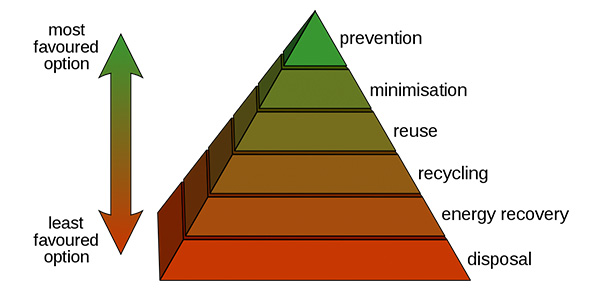
Why? Because recycling, like incineration and disposal, decreases the value of the original material. An intact soda bottle is always more valuable than a pile of plastic pellets, just as a dresser is more valuable than a pile of wood scraps. That’s why, when given the choice, you should always try to reuse something rather than recycle it. But if you can’t reuse it as intended, you can always upcycle it.
What Is Upcycling?
Whereas recycling breaks down discarded materials into raw materials, upcycling instead uses those discarded materials to create something new with equal or greater value than the original.
A very popular example is repurposing old furniture in place of buying something brand new, such as this dresser converted into a bookcase by Heather Christian Iglesias of Viral Upcycle:
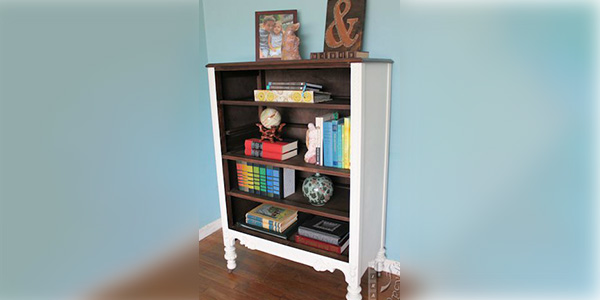
Another example, courtesy of Gail Wilson of My Repurposed Life, involves reusing an old headboard to create a new coat rack:
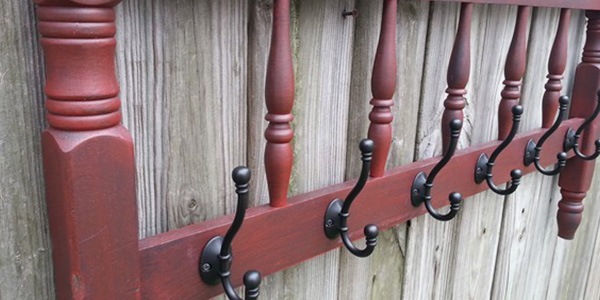
Cindy Fortin, of Upcycled Design Lab, flipped the script by upcycling tin can lids to create a shiny metallic surface for her old table top:
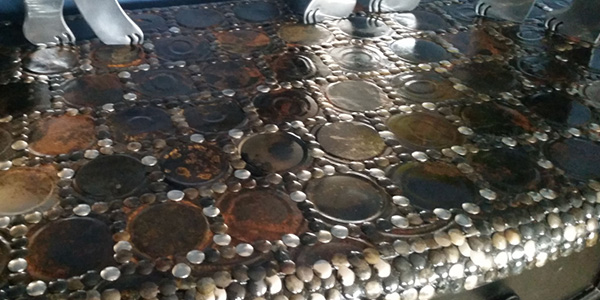
The benefits of upcycling are many and varied. For the individual, it saves money that would otherwise be spent on new furniture, décor and goods. But the large-scale benefits are reducing the amount of discarded materials sent to landfills and saving even more resources than recycling alone would.
Upcycling has even spawned its own little industry. Entire companies are devoted to the idea of turning what most would consider trash into something to be treasured. There’s Bottle Cutting Inc, creators of the Kinkajou bottle cutter, as well as Hipcycle, an online seller of all things upcycled.

